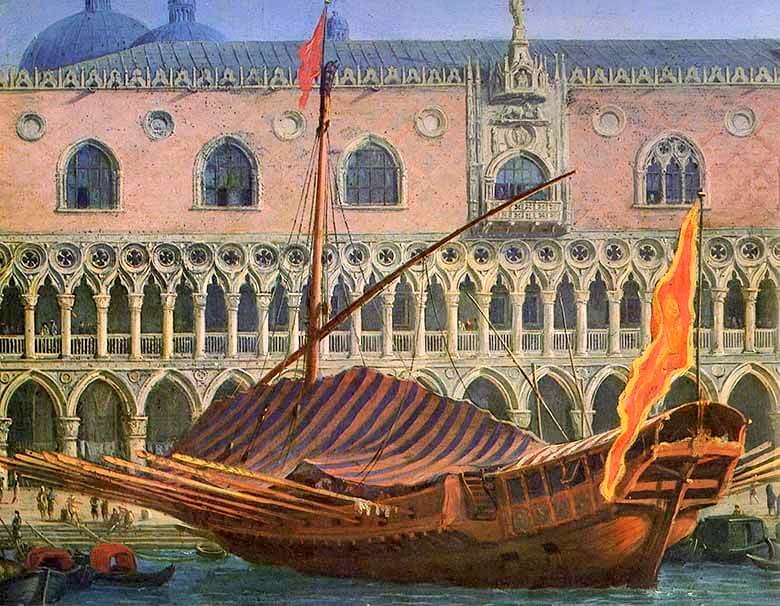The space has never been used as a prison cell but as a simple warehouse – 85% of the wood is original, larch from Cadore.
When the prison begins to function, the original problem reappears, namely that of space, despite the “modern” plan and project, overcrowding reappears. To remedy this, it was decided to employ the male prisoners on Venetian ships and galleys as oarsmen – the figure of the convict was born. The idea was also to offer an opportunity for rehabilitation to the prisoner since it was a real job for which a minimum wage was paid, an amount with which the convicts had to provide for all the necessary expenses including legal ones. In the case of the sentence to be served in prison, the costs were borne by the prison. However, given that the service on ships was carried out in chains, it is clear that rather than an opportunity it was a useful method for the priorities of the Republic of Venice, with the aim of emptying the prisons and “making room”, as well as allowing the equipment of ships at almost zero cost.
An effective improvement in the conditions of prisoners will come much later, when, in addition to ending the practice of torture, still widely practiced today in many countries of the world, a conception of justice will no longer only be punitive but also rehabilitative, as far as all the problems of these Prisons (overcrowding, conditions of the prisoners, etc.) still remain today as ongoing issues.






